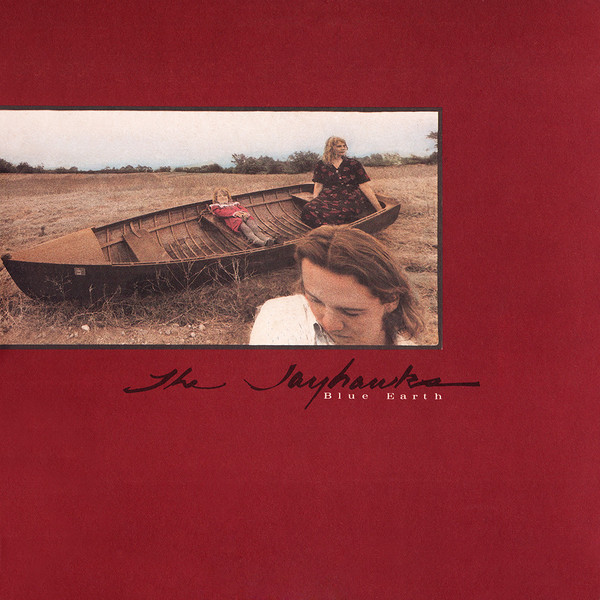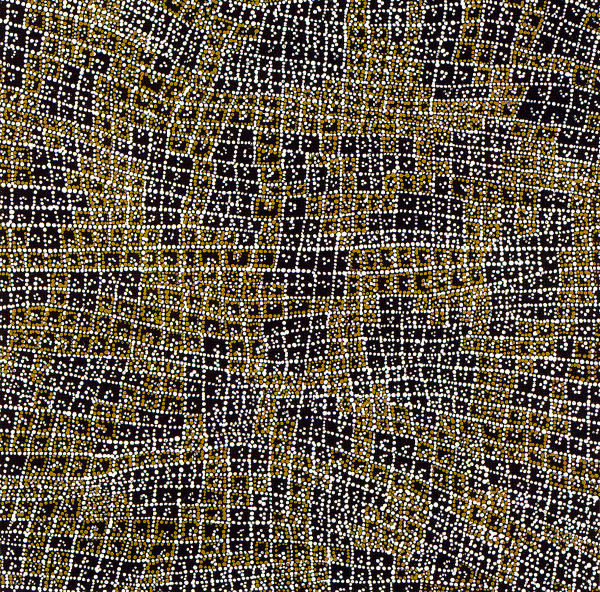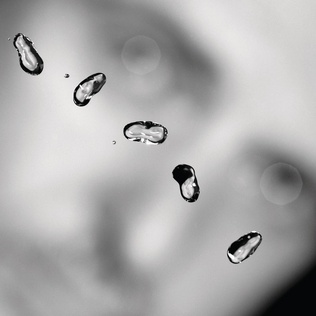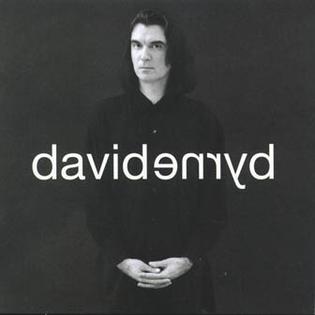While the lonesome harmonica of “Two Angels” might suggest otherwise, the album is more jangly than the debut. The harmonies are firmly in place for a classic. The picking on “She’s Not Alone Anymore” suggests another throwback, but the chords say otherwise. “Will I Be Married” goes on a little long, and could be stated otherwise, though “Dead End Angel” sports some striking lyrics amid the standard changes. “Commonplace Streets” is an odd one, beginning with a “50 Ways To Leave Your Lover” shuffle and meandering verses, stepping back for Gary Louris to take lots of leads.
The slow burning “Ain’t No End” is another sneaky classic, and another fine example of the vocal blend. “Five Cups Of Coffee” turns a country cliché on its ear, while the harmonies on “The Baltimore Sun” deftly navigate the chord changes. The crunch comes back on “Red Firecracker”, Mark Olson does his best Gram Parsons baritone on “Sioux City”. “I’m Still Dreaming, Now I’m Yours” is a nice idea, but a better closer is “Martin’s Song”, which was a bonus track on the original CD, and just strains to break out of its cast.
As with the first album, Blue Earth only hints at the band’s potential, but often gets a fresh evaluation anytime another alt.country signpost is passed. A later reissue added three more tracks: the naïve “Fingernail Moon”, the misleadingly titled “Two Minute Pop Song”, and the superior “Nightshade”.
The Jayhawks Blue Earth (1989)—3
2003 Restless CD: same as 1989, plus 3 extra tracks







